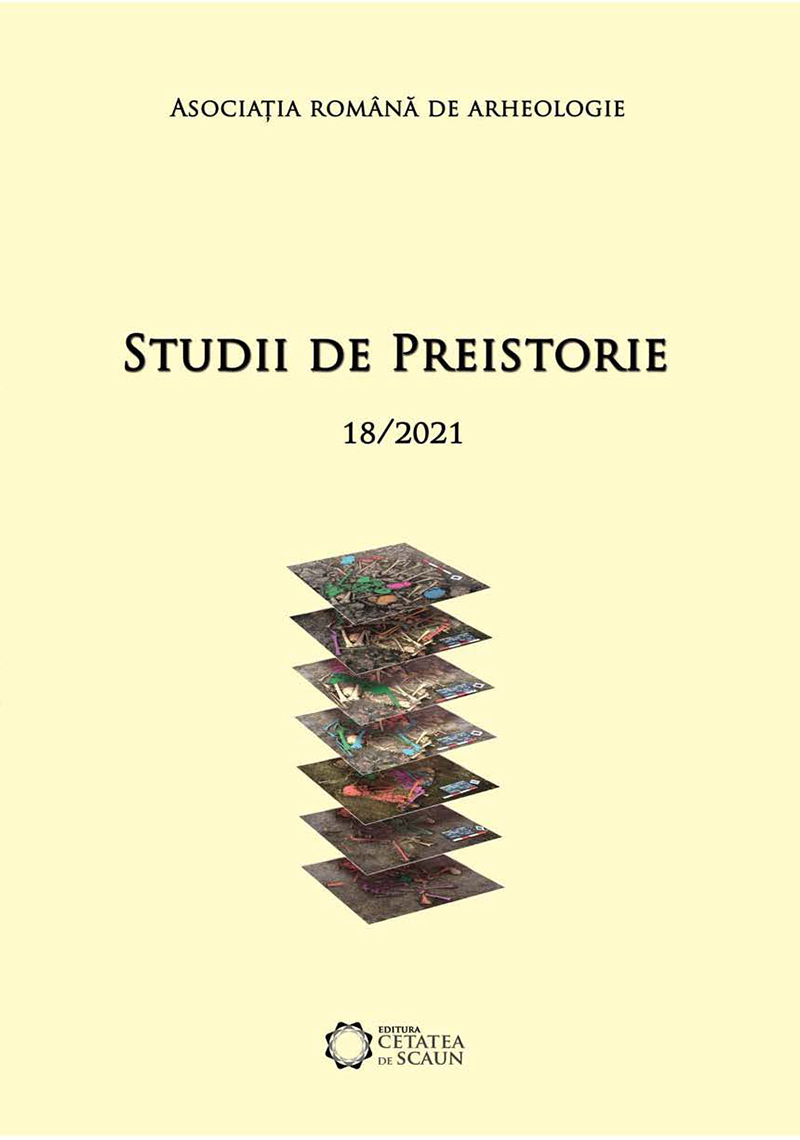Excavation at Barkamran Tepe (Piranshahr) north–western Iran, 2019. First preliminary report
Excavation at Barkamran Tepe (Piranshahr) north–western Iran, 2019. First preliminary report
Author(s): Ebrahim Bodaqi, Saeid Sattarnejad, Samad ParvinSubject(s): History, Archaeology
Published by: Editura Cetatea de Scaun
Keywords: noth-western Iran; Barkamran Tepe; excavation; preliminary report;
Summary/Abstract: Barkamran Tepe is located 22 km of Piranshahr city in north-western Iran. This site with about 400 square meters of land area is located on a natural mound. The first excavation season of the site was created as a stratigraphic trench to determine the sequence status of the cultural layers of this site. The results of the excavation in this site led to the identification of three cultural periods including: Barkmaran I belonging to the Bronze Age, which is known as the pottery of Hassan Ali. Barkmaran II belongs to the first millennium BC with pale goldenrod-colored pottery and Barkmaran III belongs to the Islamic period which has been used as a cemetery. Regarding the excavation of the stratigraphic trench, the first settlement in this hill can be considered to belong to the Bronze Age, and is known for its colorful pottery which is more commonly known as the culture of Hassan Ali or Nineveh V. The excavation results of the first season of this site have an important place in presenting the chronology of Lavin River basin.
Journal: Studii de Preistorie
- Issue Year: 2021
- Issue No: 18
- Page Range: 161-171
- Page Count: 11
- Language: English

